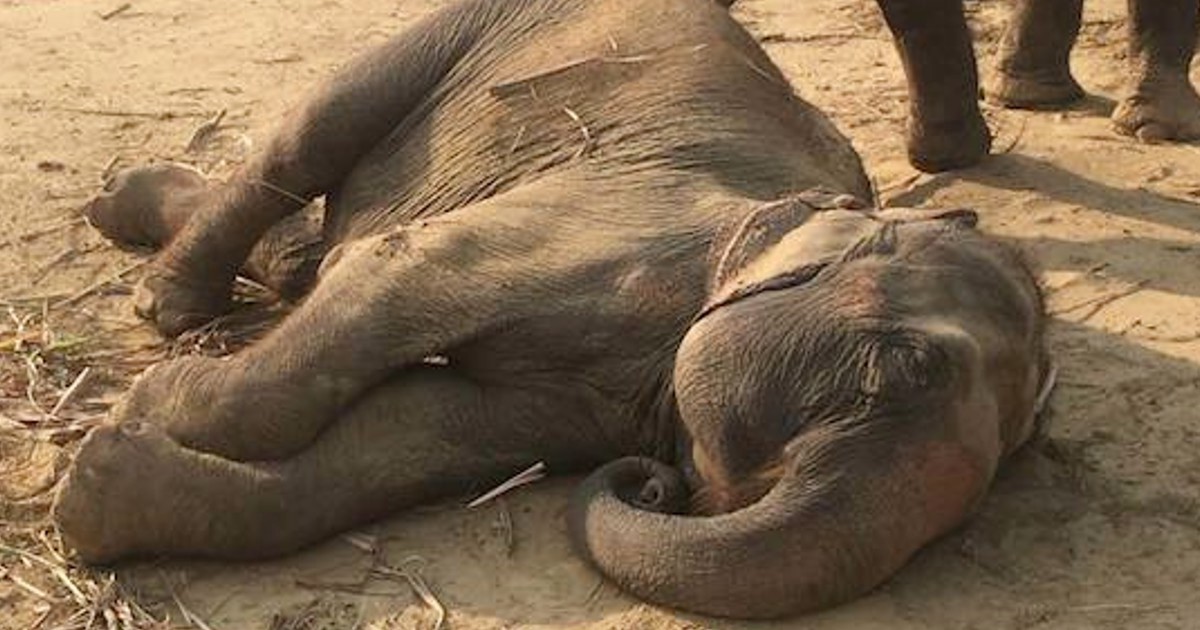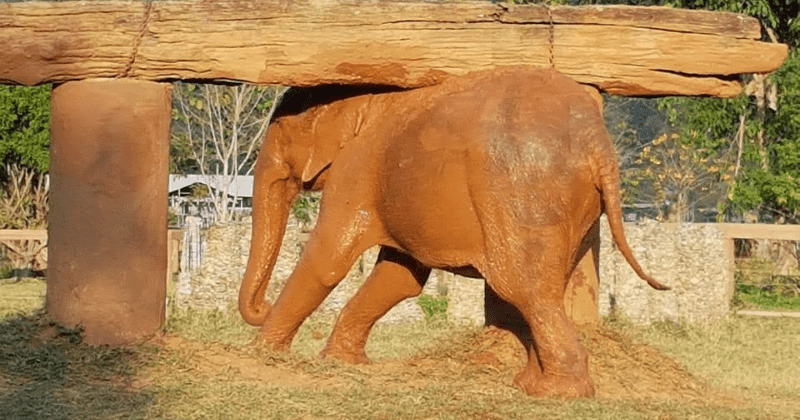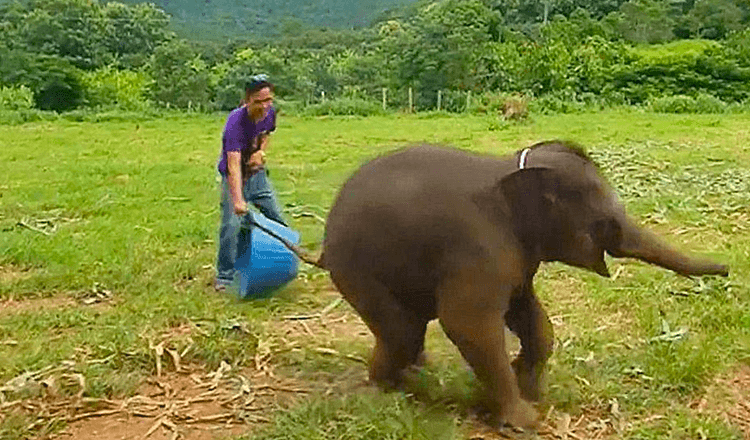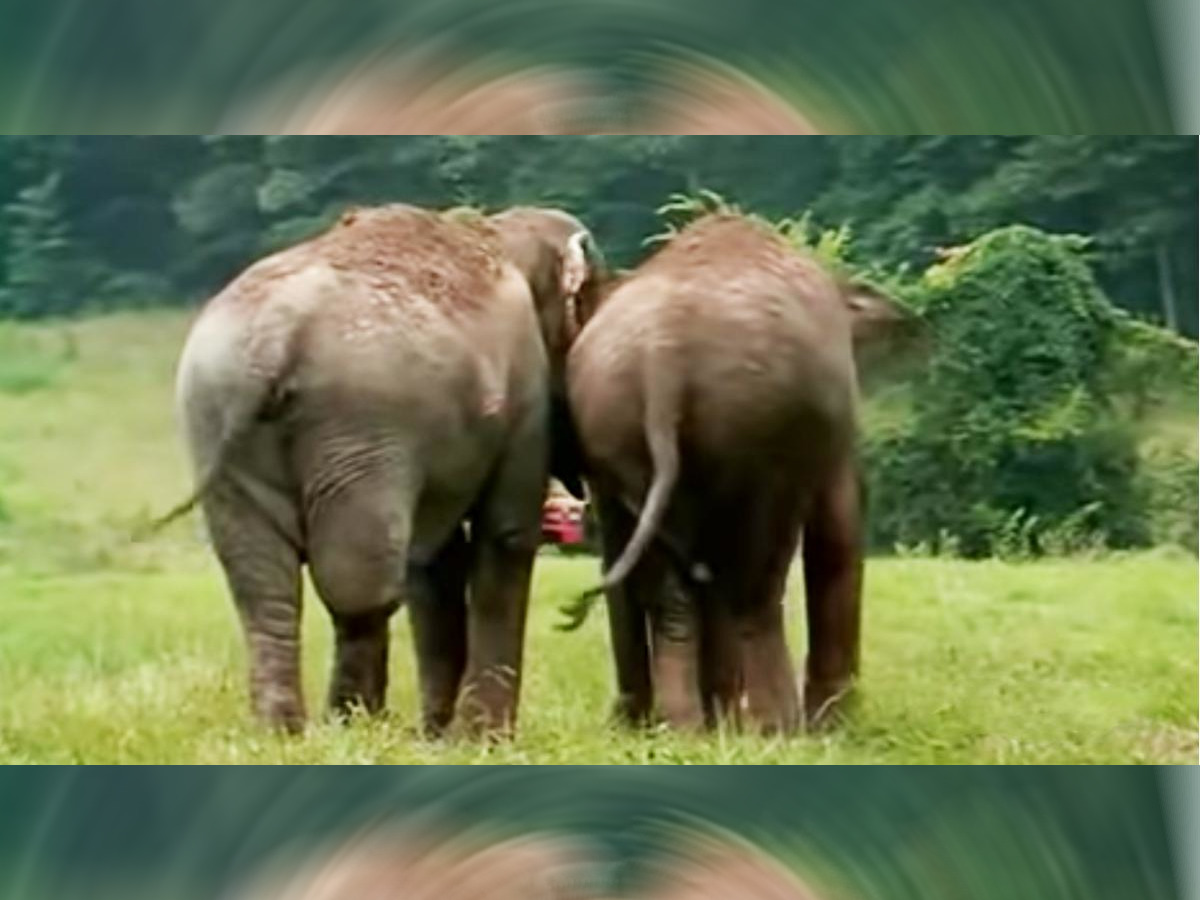Humans change the world around them, and unfortunate animals sometimes suffer as a result. Near Nimatand village in Jharkhand, Eastern India, a successful and unusual rescue mission took place.
A newborn elephant fell into a 30-foot hole recently and had to be rescued. When they reached the settlement, he was with his herd.
The residents pursued the herd away, but it vanished without a single member in the midst of the chaos. The poor little elephant fell into the well, but it wasn’t noticed until the next morning since it was dark.
The rescue workers started to work right away. To free the newborn elephant, it required a large number of staff, three backhoes, and about eight hours. Heavy machinery had to dig a route all the way down to the well’s bottom and pass through a masonry wall.
Parveen Kaswan of the Indian Forest Service posted pictures of the rescues. This government agency had planned and carried out a successful rescue mission.

The question of why the deep well was not guarded and had no fencing remains unanswered. It is harmful to both animals and humans.
“Sadly, an elephant calf fell down the hole in the middle of the night,” Shashikant Verma, a local administrator, told reporters following the rescue.
Parveen Kaswan of the Indian Forest Service posted photos of the rescues.

“Despite the fact that the water level was rather high and the calf had fallen from a great height, it miraculously survived.” “The water level wasn’t high enough, but the calf gained buoyancy after falling and sustained no damage,” Verma explained.
To rescue the unfortunate elephant, it required a large number of employees, heavy gear, and about eight hours.

On Twitter, many shared their pleasure that everything went smoothly and that the elephant was uninjured. They also praised the government services for their quick response.
One visitor even remarked that the hole’s inside looked like an elephant’s trunk. Which is sort of true.
The “baby” elephant was rescued.

Heart warming indeed!

According to government data, India has a total elephant population of 27312. Sixty percent of Asia’s elephant population resides in this country.
It was listed as an endangered species by the WWF. Between the 1930s and the 1940s, the wild population dropped by at least half.
Habitat loss, degradation, and fragmentation are all threats to the Asian elephant. Indian elephants may eat for up to 19 hours each day and can span a 125-square-mile area. This aids in the dispersion of germinating seeds.
They consume grasses mostly, but also considerable amounts of tree bark, roots, leaves, and short stems. Bananas, rice, and sugarcane, among other cultivated products, are popular meals. These elephants are usually near a source of fresh water since they need to drink at least once a day.

This young elephant was extremely fortunate to be rescued , owing to the authorities’ quick response. We’re hoping he’ll be able to find his herd.







